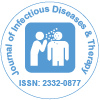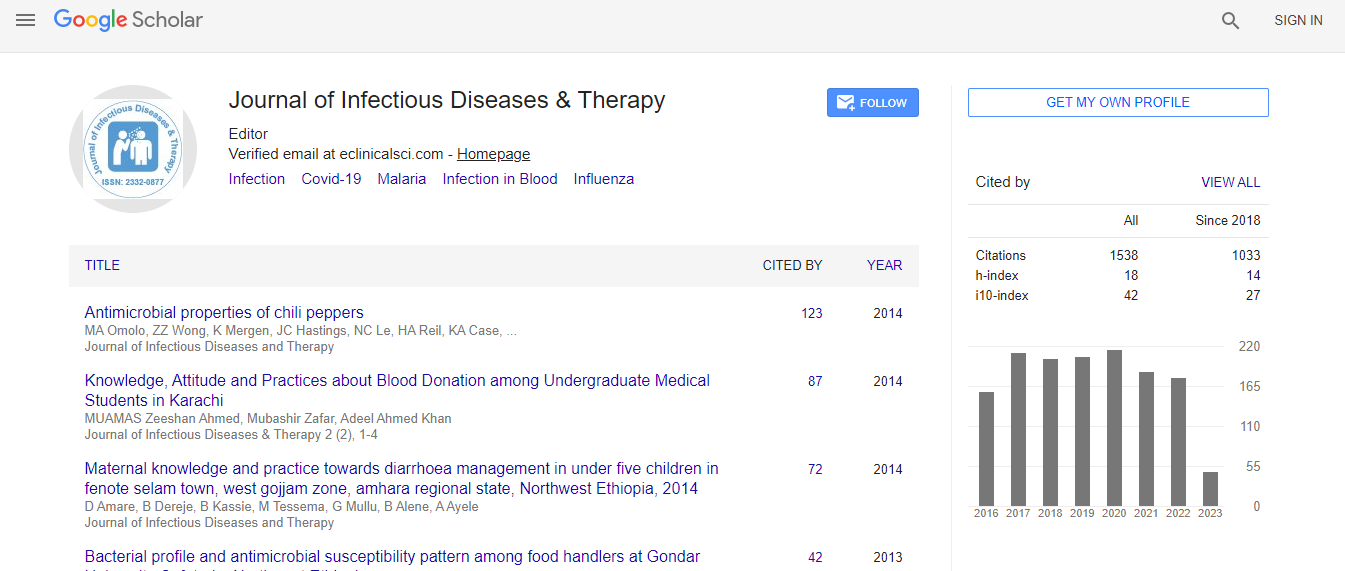Experimental Multidrug Treatment of Chagas Disease
*Corresponding Author: Antonio R. L. Teixeira, Chagas Disease Multidisciplinary Research Laboratory, Center for Advanced Studies, University of Brasilia, Federal District, Brazil, Email: antonioteixeirarl@gmail.comReceived Date: Nov 18, 2024 / Published Date: Mar 01, 2025
Citation: Teixeira ARL (2025) Experimental Multidrug Treatment of Chagas Disease. J Infect Dis Ther 13:618
Copyright: © 2025 Teixeira ARL. This is an open-access article distributed under the terms of the Creative Commons Attribution License, which permits unrestricted use, distribution and reproduction in any medium, provided the original author and source are credited.
Abstract
The protist Trypanosoma cruzi inserts kinetoplast DNA (kDNA) minicircle sequences into the host genome and the mutations generate genetically driven Chagas disease in chicken’s refractory to the parasite infection. Chicks hatched from T. cruzi inoculated eggs retained the kDNA in the embryonic germ line cells and developed parasite-free Chagas disease-like cardiomyosspathy. Sensitive PCR with specific primer sets revealed protozoan kDNA in agarose gel bands probed with radiolabel-specific sequences for tissues of T. cruzi infected rabbits and mice. A target-primer TAIL-PCR with specific primer sets, southern hybridization, cloning and sequencing of the amplification products revealed kinetoplast minicircle sequences integration sites mainly in LINE-1 transposable elements and hitchhiking to several loci. This kinetoplast DNA biomarker was used to monitor the effect of multidrug treatment of T. cruzi infected mice. Nine out of 12 inhibitors prevented the kinetoplast DNA integration into the macrophage genome. A trypanocidal nitro heterocyclic compound and an array of eukaryotic cell divisions prevented minicircle sequence transfer. A trypanocidal nitro heterocyclic compound, combined with various eukaryotic cell division inhibitors, prevented minicircle sequence transfer. The multidrug treatment of T. cruzi infected mice with benznidazole, azidothymidine and ofloxacin lowered the rate of minicircle sequence integrations into the mouse genome by 2.44-fold. It reduced the rejection of the target heart cell.

